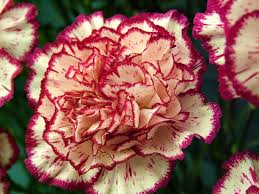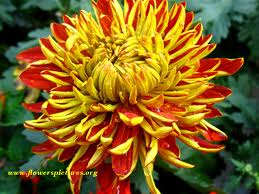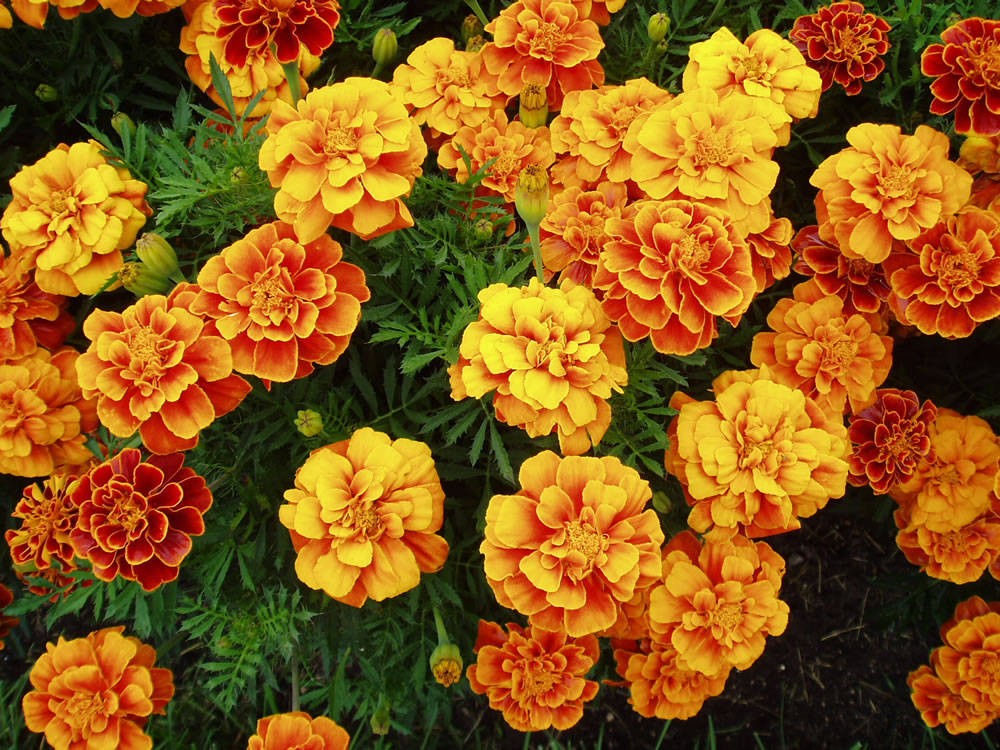
Carnations were given to the gods by the Romans and later used to provoke love in the hearts of those who received them.
Composed of tightly packed, fringed petals of white, yellow, pink, or red, carnations have many different meanings. To the Indians of Mexico, they are the “flowers of the dead,” and their fragrant blooms are piled around corpses being prepared for burial. (Perhaps because carnations are poisonous and should never be eaten!) For the Koreans, three carnations placed on top of the head are a form of divination. The flower that withers first indicates which phase of the person’s life will contain suffering and hardship. To the Flemish people of Europe, red carnations symbolized love, and a kind of carnation called a pink was traditionally associated with weddings. Red carnations were also used to provoke love and admiration in the recipient for the giver and to overcome heartache.
Also known as Jove’s flower, white carnations were used by the ancient Romans to pay tribute to the gods they love. Wreaths of white carnations mixed in with other colors of carnations are laid in front of the statues of Roman gods.
Associated with the element of fire and the sun, carnations were also used in England during the reign of Queen Elizabeth I to prevent death (execution) on a scaffold and can still be used in protective magic.


